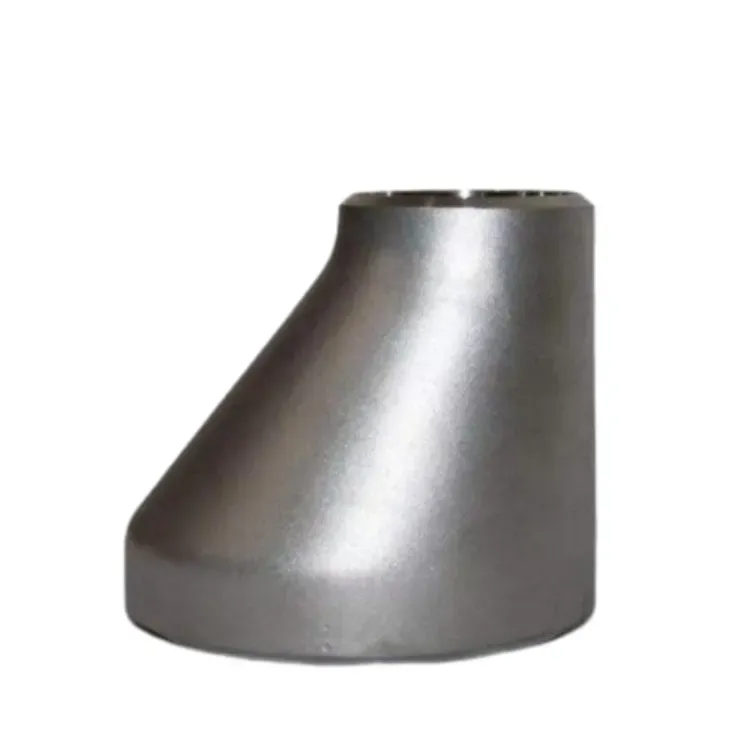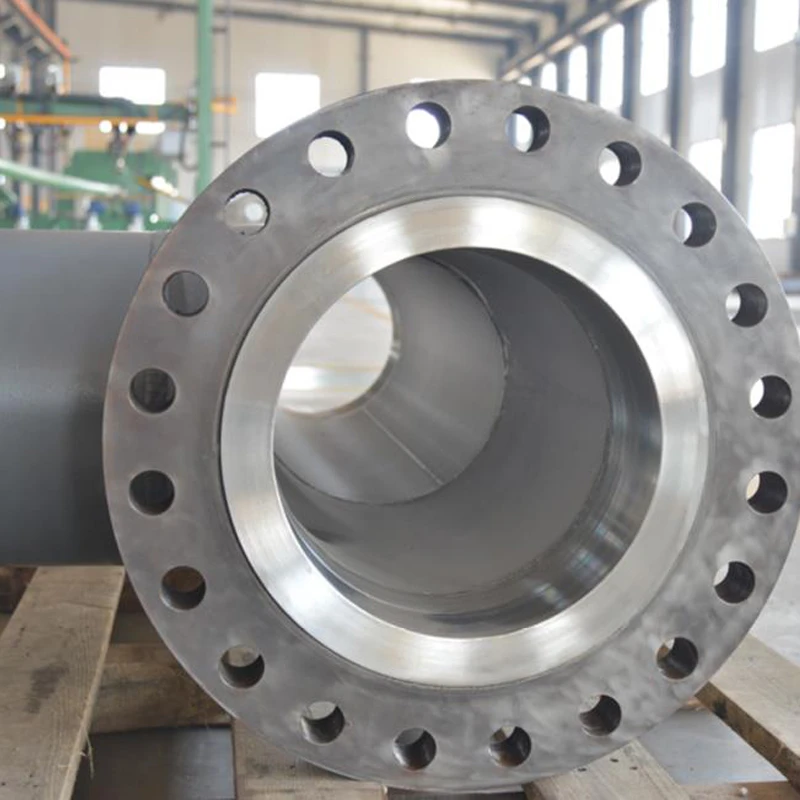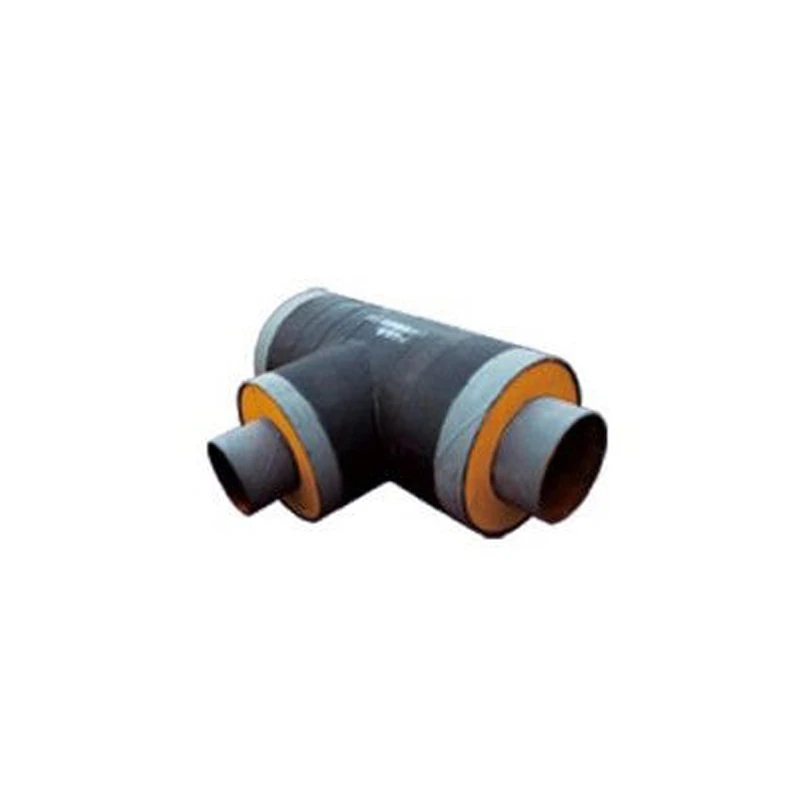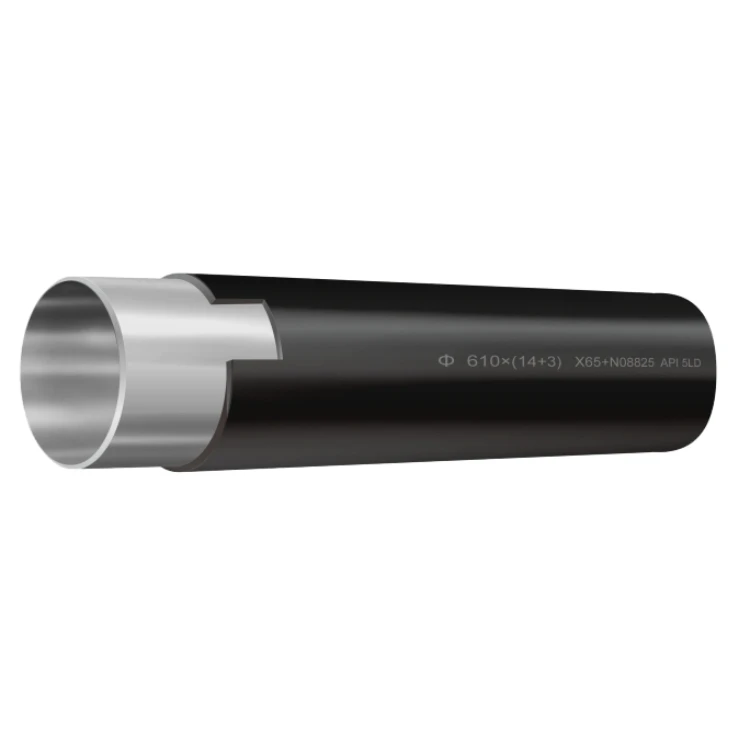The global demand for pipeline fitting products continues to grow, driven by industrial expansion and infrastructure development. This article explores the role of exporters in supplying industrial pipe fittings, the types of fittings available, key considerations when selecting fittings, and their applications across various sectors. Finally, it summarizes the importance of reliable suppliers in meeting international standards.
Types of Industrial Phụ kiện ống
The market offers a diverse range of industrial pipe fittings designed for specific applications and environments. Common materials include cast iron, stainless steel, carbon steel, and galvanized steel, each offering distinct advantages in terms of strength, corrosion resistance, and cost-effectiveness. Iron pipe fittings remain popular for general plumbing and low-pressure systems due to their durability and affordability.
Specialized applications often require more advanced materials. Stainless steel threaded tee and stainless steel unequal tee fittings are preferred in chemical processing and food industries where corrosion resistance is critical. For outdoor or marine environments, galvanized steel elbow components provide enhanced protection against rust and weathering. These variations demonstrate how material selection directly impacts performance and longevity.
Beyond standard fittings, manufacturers produce customized solutions for unique requirements. The stainless steel well tank tee is engineered specifically for water well systems, featuring reinforced construction to handle constant pressure fluctuations. Similarly, metal chimney flue cap and metal chimney rain cap accessories are designed with precise dimensions to ensure proper ventilation while preventing water ingress. This specialization ensures optimal performance across diverse industrial applications.
Key Factors in Selecting Pipe and Fittings
Choosing the appropriate pipes and fittings requires careful evaluation of multiple technical and operational factors. First and foremost, engineers must consider the chemical compatibility between the fitting material and the transported medium. While iron pipe fittings work well for water distribution, acidic or alkaline fluids may require stainless steel unequal tee components to prevent premature degradation.
Pressure ratings and temperature tolerances represent another critical selection criterion. High-pressure gas lines demand natural gas pipe fittings with reinforced construction and leak-proof threading. Similarly, steam applications need fittings that can withstand thermal expansion without compromising structural integrity. This explains why mild steel elbows are often replaced with alloy variants in extreme temperature environments.
Industry certifications and compliance standards form the third essential consideration. Reputable manufacturers subject their galvanized steel elbows and stainless steel well tank tee products to rigorous testing to meet international quality benchmarks. Additionally, proper sizing and connection types (threaded, welded, or flanged) must align with existing infrastructure to ensure seamless integration and maintenance accessibility.
Applications of Pipes and Fittings
Pipes and fittings serve as fundamental components across nearly all industrial sectors. In oil and gas infrastructure, specially engineered natural gas pipe fittings maintain system integrity while withstanding extreme pressures and corrosive elements. These components undergo stringent quality controls to prevent leaks and ensure operational safety in potentially hazardous environments.
The construction industry extensively utilizes iron pipe fittings for structural support and utility distribution. Modern architectural designs often incorporate concealed piping systems that rely on precision-engineered stainless steel threaded tee junctions. Water treatment facilities, meanwhile, depend on corrosion-resistant galvanized steel elbow fittings to maintain consistent flow rates while resisting mineral buildup and oxidation.
Specialized applications demonstrate the versatility of modern piping solutions. HVAC systems employ stainless steel unequal tee fittings to optimize airflow distribution in complex ducting networks. Agricultural operations utilize stainless steel well tank tee configurations for efficient irrigation systems. Even residential buildings benefit from protective accessories like metal chimney rain cap installations that prevent weather damage while maintaining proper ventilation.
The global pipeline fitting industry serves as a critical backbone for modern infrastructure development across all industrial sectors. As examined throughout this article, the proper selection and application of industrial pipe fittings - from basic iron pipe fittings to specialized stainless steel well tank tee components - directly impact system efficiency, safety, and longevity. The increasing complexity of industrial applications continues to drive innovation in fitting design and material science, ensuring solutions are available for even the most demanding operational environments.
For businesses and project managers, partnering with reputable exporters remains essential for securing high-quality pipes and fittings that meet international standards. Reliable suppliers not only provide certified products like galvanized steel elbows and natural gas pipe fittings, but also offer technical expertise for proper selection and installation. As infrastructure demands grow worldwide, the role of professional pipeline fitting exporters will become increasingly vital in supporting sustainable industrial development and maintaining operational safety across all applications.




